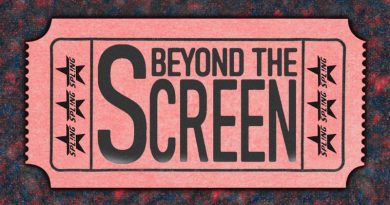South African Film: Its Biggest Weaknesses & Greatest Strengths
The South African film industry is often praised for its film crews, diversity, locations, social relevance, wealth of stories and work ethic. While the most frequently cited weaknesses of the South African film industry is the limited and inconsistent access to funding, IP ownership with emerging or inadequate distribution channels for local content.
Greatest Strengths
Diverse and Stunning Locations
South Africa offers an unparalleled variety of natural and urban landscapes. Pristine beaches, majestic mountains, rolling winelands, bustling cityscapes and vast deserts – filmmakers are able to achieve high production value at lower costs, as minimal location modification is often required.
Skilled Crews and World-Class Facilities
The country boasts a world-class skills when it comes film production, with experienced and hardworking local crews who have worked on major Hollywood projects. There are top-tier studios with state-of-the-art sound stages and post-production facilities, making it an attractive destination for international productions seeking quality and efficiency.
Compelling Storytelling and International Recognition
In some ways a microcosm for the world, South African filmmakers have a strong track record of producing award-winning films that resonate globally. Films like Tsotsi, My Octopus Teacher and District 9 speak to the industry’s ability to tell unique, socially relevant and universally appealing stories. The recent Oscar nomination for The Last Ranger further highlights this strength, proving that South African storytellers can compete on the world’s biggest stage.
Government Incentives for International Productions
While local funding is a weakness, the government’s attractive financial incentives for foreign film and television productions (rebates on qualifying South African production expenditure) significantly draw international projects, boosting the local economy and providing valuable experience for local crews.
Biggest Weaknesses
Limited Funding
While government initiatives and incentives exist (like those from the NFVF and DTIC), the resources are often insufficient, especially for large-scale productions and emerging filmmakers. There’s a high level of competition for limited funds, and many independent filmmakers struggle to secure adequate budgets. There’s also a reliance on government funding and co-productions, which can limit creative and commercial independence.
Distribution Hurdles
Getting films widely distributed, both locally and internationally, remains a significant barrier to profitability. International streaming platforms like Netflix, Showmax, and Amazon Prime do invest in South African productions, which has proven invaluable in recent years but there’s still a struggle to give films platform in terms of viewership. This apparent reluctance from local audiences is further hampered by the uncertainty of a shrinking number of cinema screens in South Africa.
Intellectual Property (IP) Ownership
Limited ownership of intellectual property by filmmakers means they often cannot fully capitalize on their products and have less control over distribution and revenue streams. There also aren’t enough channels to accurately manage and monitor IP and many creatives aren’t well-versed enough when it comes to their legal rights.
Essentially, the South African film industry excels in the creative and production aspects, but faces ongoing challenges in consistently securing the necessary financial backing and ensuring broad market access for its remarkable cinematic output.




